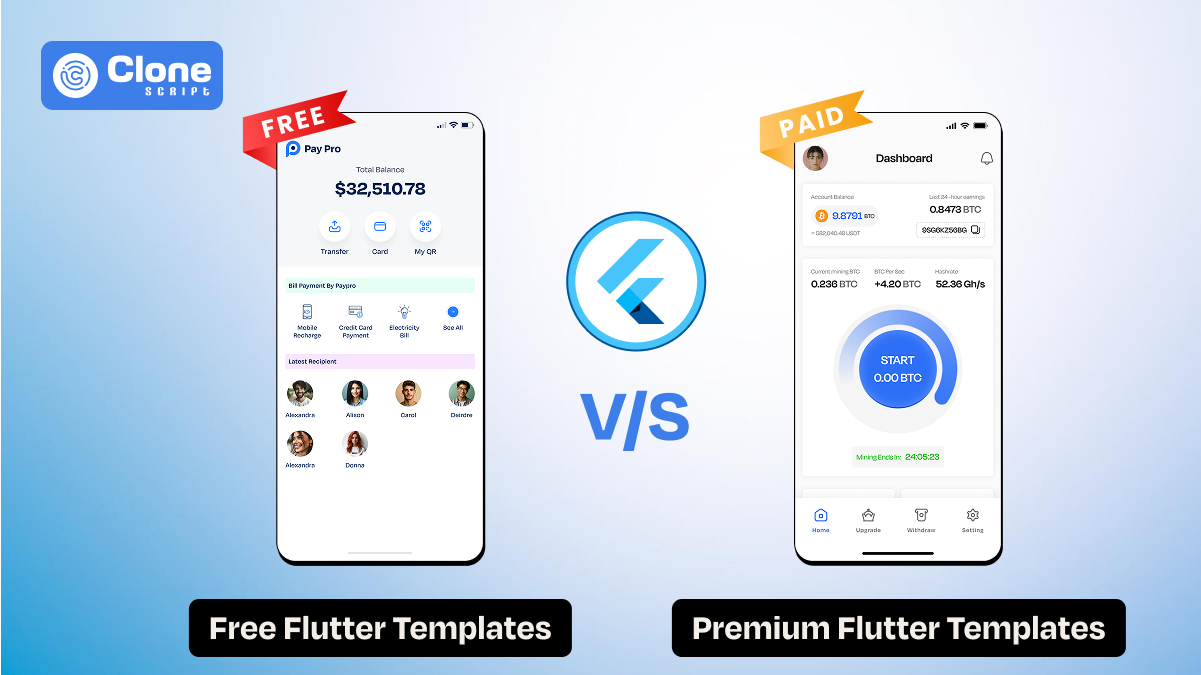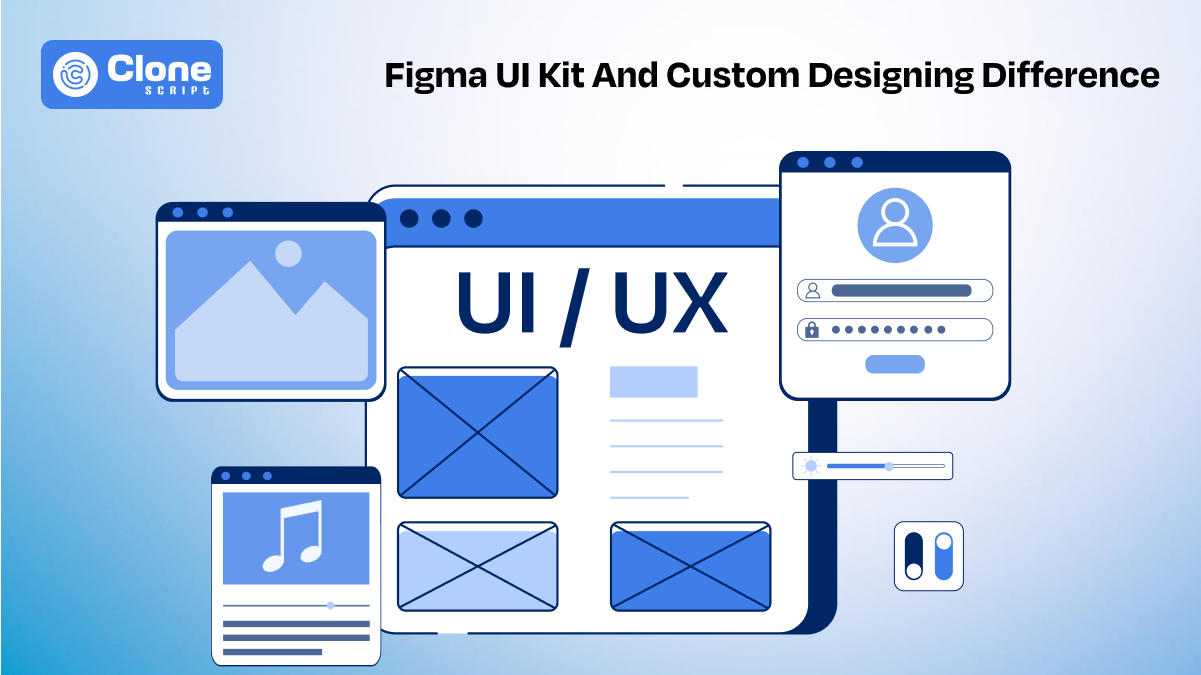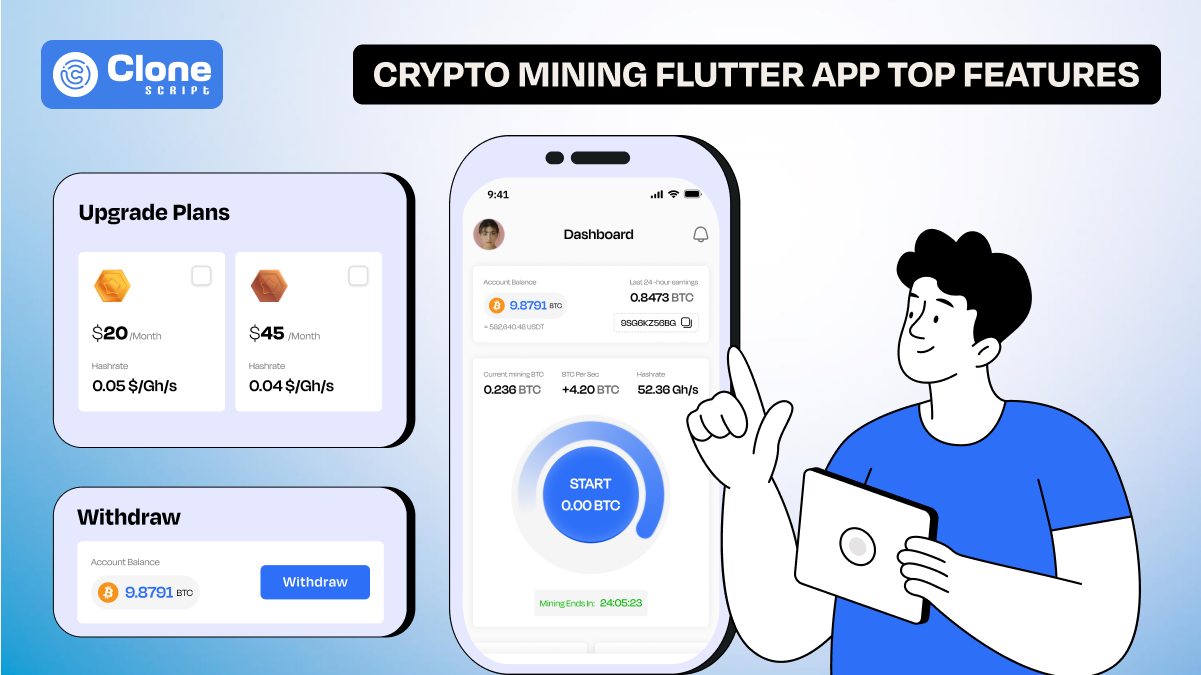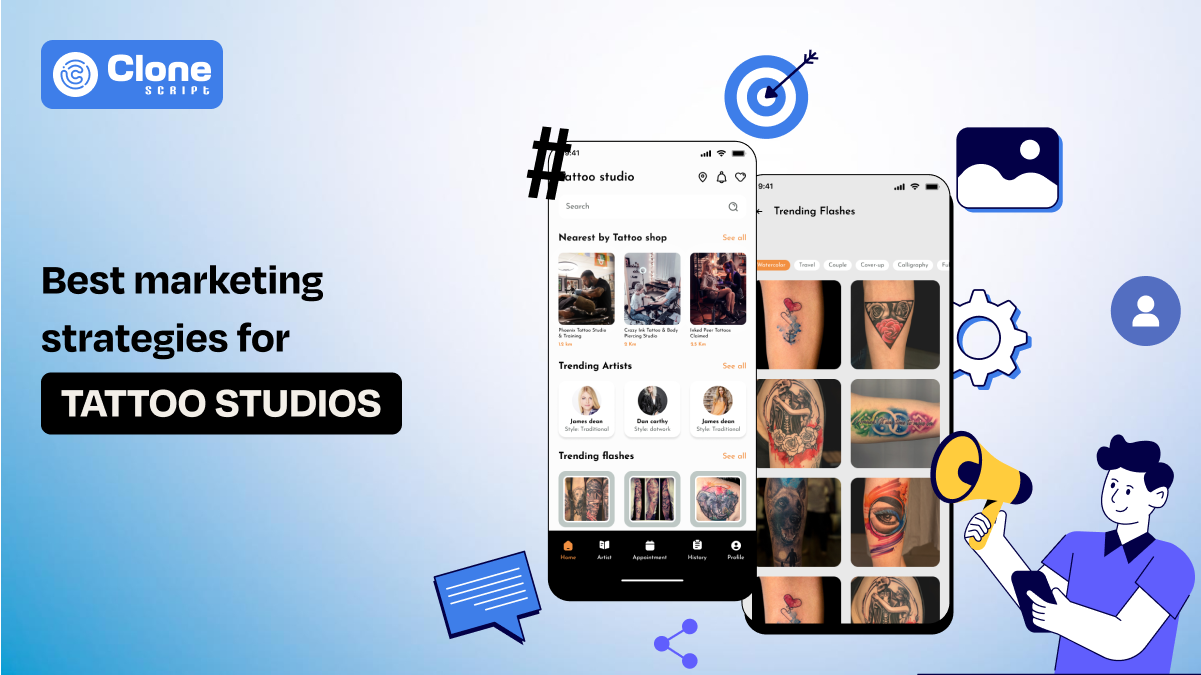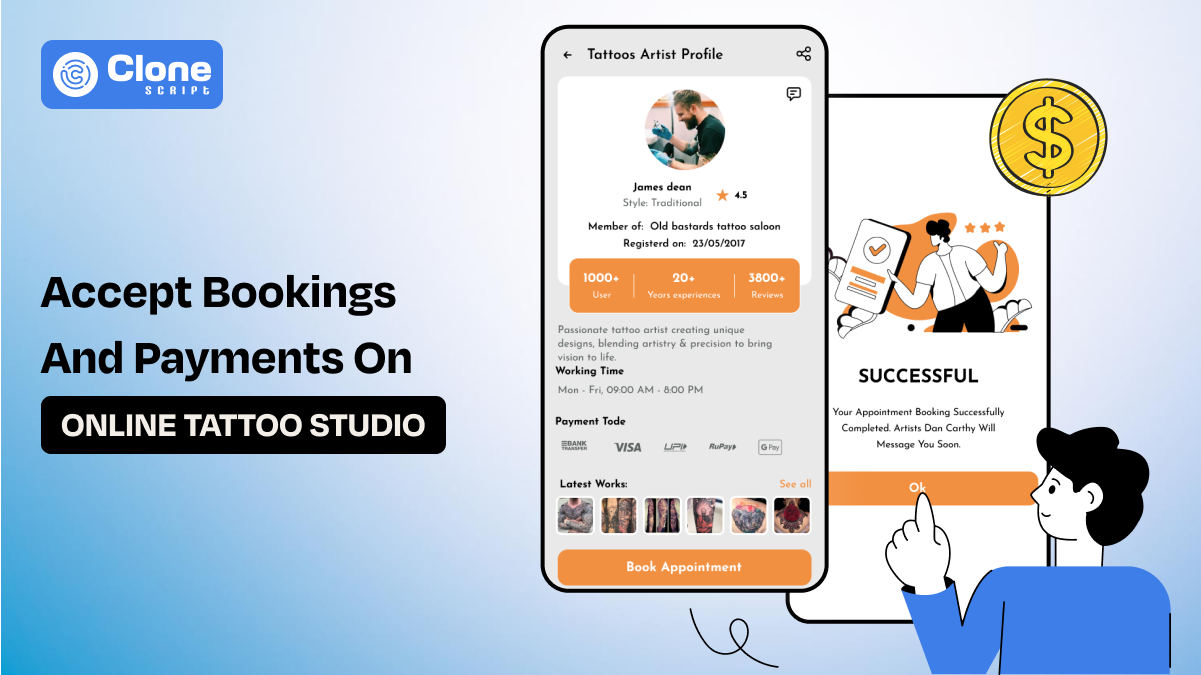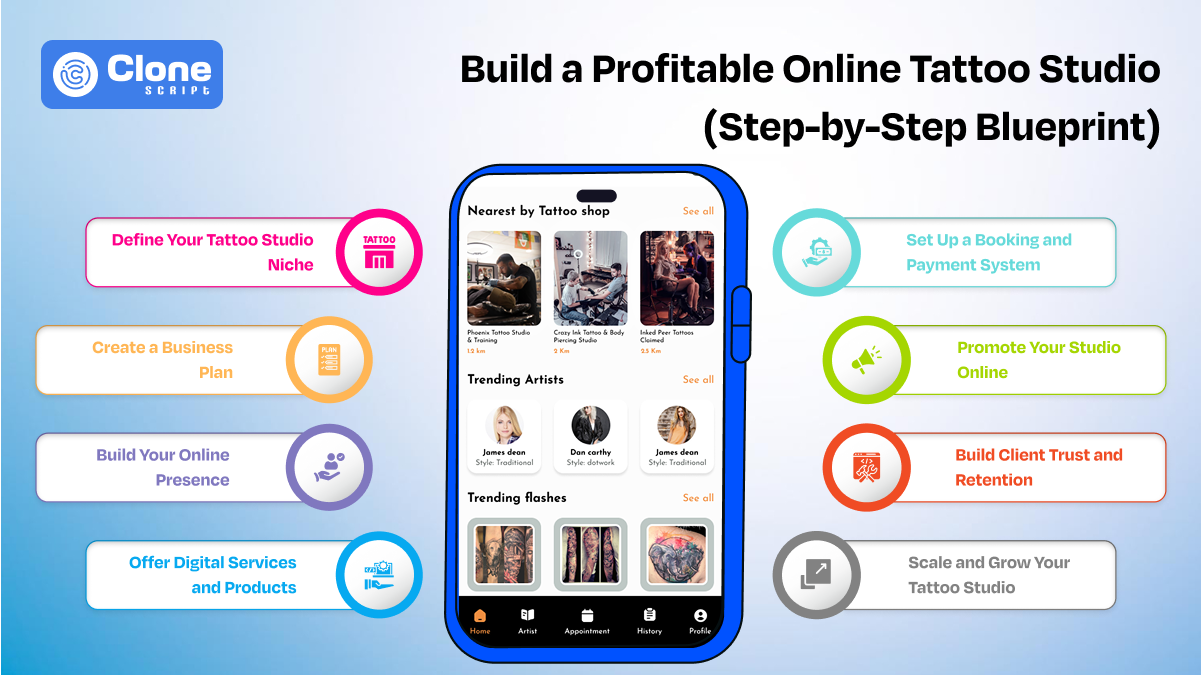Free vs Premium Flutter Templates: What Should You Choose?
As a developer, every project comes with a deadline, a budget, and a set of user expectations. Whether you’re building your first Flutter mobile application or launching a sophisticated Flutter business app, saving time without compromising on quality is key. That’s where Flutter templates come into play. But once you dive into the ecosystem, you're faced with an important decision: should you use a free Flutter template or invest in a premium one?
This blog explores the pros and cons of both, helping you choose the right path for your next Flutter app dev project. Whether you're optimizing app interface design, improving application user experience, or deploying scalable app scripts. Let’s figure out what suits your goals best.
What Are Flutter Templates?
A Flutter template is a pre-built project with UI components, navigation flows, and integrated functionality, designed to jumpstart app development. These templates can range from simple UI kits to fully functional apps with back-end support.
Templates help developers:
-
Save time on repetitive UI/UX development
-
Follow best practices in layout and architecture
-
Speed up prototyping and MVP builds
-
Focus on app logic instead of interface elements
Whether you're crafting a Flutter mobile application for personal use or a business app for a client, templates reduce the heavy lifting and allow for faster deployment.
Overview: Free vs Premium Flutter Templates
Let’s define the two paths before comparing them:
-
Free Flutter Templates: Community-contributed or open-source templates that come with no monetary cost. Available via platforms like GitHub, GitLab, or public repositories.
-
Premium Flutter Templates: Professionally crafted, supported, and monetized templates available through marketplaces like CodeCanyon, UI8, or AllClone Script. These come with documentation, updates, and advanced features.
The primary difference? Free templates are resourceful but limited, while premium templates are created for reliability, scalability, and ease of customization.
Flutter app development advantages make the framework famous in the developer community and the business world, too.
Pros of Free Flutter Templates
For solo developers, students, or hobbyists, free templates can be a great starting point. Here's why:
-
Zero Cost Investment: You can get started with zero budget. This makes them ideal for experimenting with new ideas or learning Flutter app development without financial risk.
-
Community Support: Many free app templates are open-source and backed by a strong Flutter developer community. You can learn from real-world code, fork projects, or collaborate via GitHub.
-
Quick Learning Opportunity: These templates are educational goldmines. For junior developers trying to understand app interface design or responsive layouts, dissecting existing code helps solidify fundamentals.
-
Rapid Prototyping: Need to build a demo or MVP to showcase your idea? A free template can provide just enough structure to get your Flutter application live fast.
Cons of Free Flutter Templates
While the no-cost factor is appealing, there are critical downsides that might affect your development journey.
-
Poor or No Documentation: Many free Flutter templates come without proper documentation or setup guides, leaving developers to figure things out themselves, which eats up valuable time.
-
Outdated Codebase: Because they’re one-time contributions, free templates might not be updated regularly. This can lead to deprecated libraries or App Scripts that break with the latest Flutter updates.
-
Limited Features: Free templates usually cover basic UI elements. If you need features like payment gateways, Firebase integration, or animation-heavy app interface design, you’ll likely have to implement them from scratch.
-
No Technical Support: If you encounter bugs or need help customizing, you’re largely on your own. Unlike premium options, there’s no dedicated support team to rely on.
Pros of Premium Flutter Templates
If you're building a production-ready Flutter business app or aiming for a polished user experience, premium templates can significantly raise the bar.
-
Professional UI/UX Design: Premium templates are crafted by expert designers. They follow modern app design trends and offer a seamless application user experience, especially important for client-facing apps.
-
Feature-Rich: Need in-app chat, push notifications, or e-commerce functionality? Paid Flutter templates include advanced app scripts and fully functional modules that are production-ready.
-
Time-Saving: With these templates, you skip most of the setup and UI development. You can focus directly on integrating APIs, configuring logic, and launching your Flutter app faster.
-
Documentation & Support: These templates come with clean documentation, video tutorials, and dedicated support channels. It’s identical when working under tight deadlines.
-
Regular Updates: Premium templates receive consistent updates to stay compatible with Flutter’s latest stable releases. This reduces maintenance headaches in the long run.
Cons of Premium Flutter Templates
Premium template options aren’t perfect. Here’s where they can fall short:
-
Initial Cost: Pricing for a premium Flutter template can range from $19 to $150, depending on complexity and features. For freelancers or indie developers, this may be a concern.
-
Licensing Restrictions: Many themes come with single-use or limited-use licenses. If you're planning to build multiple apps, you might need to pay for each new deployment.
-
Overhead Customization: Sometimes, templates are too feature-rich. Removing unused modules or tailoring complex widgets to your needs can be as time-consuming as building from scratch.
-
Vendor Lock-In: If a template is built using a proprietary design system or architecture, you may struggle to extend it in a way that suits your development style.
Free vs Premium Flutter App Templates: Which One Should You Choose?
The decision between free and premium Flutter app templates depends on your project scope, experience level, and business goals.
Choose Free Templates If:
-
You’re learning Flutter app dev or experimenting with ideas.
-
Budget is a constraint.
-
Your app is for personal or educational use.
-
You’re confident in handling bugs, updates, and integrations solo.
Choose Premium Templates If:
-
You’re building a client-facing or revenue-generating Flutter mobile application.
-
You need a fast launch with professional UI and business logic.
-
You want technical support and long-term reliability.
-
Time is more valuable to you than money.
Pro Tip: Start with a free template for concept validation, then switch to premium when moving to production. This hybrid strategy works well for startups and indie developers.
Where to Find the Best Templates?
There’s no shortage of platforms offering both free and premium Flutter templates. Here’s where to look:
Top Free Resources:
-
GitHub – Search repositories with tags like flutter-template, flutter-starter, or flutter-ui.
-
Flutter Awesome – A curated list of open-source Flutter projects.
-
Dev.to and Medium – Many developers share template code with tutorials.
-
CodePen & DartPad – Great for lightweight UI components.
Top Premium Resources:
-
CodeCanyon – Offers commercial-grade Flutter templates with lifetime updates.
-
AllClone Script – Specializes in business app templates across industries like food delivery, crypto, and real estate.
-
UI8 – Premium UI kits and templates, perfect for high-end design workflows.
-
Creative Market – Includes both UI-focused and full-stack Flutter app solutions.
Pro Tip: When selecting a template (free or premium), always check the following details for better details:
-
Last updated date
-
Documentation quality
-
Customer reviews or community feedback
-
Integration with packages like flutter_bloc, provider, or getx if your app follows a specific state management pattern
Conclusion
The Flutter ecosystem is growing rapidly, and so is the demand for scalable, beautiful, and functional apps. Templates, whether free or premium, help developers move faster without reinventing the wheel. But like any shortcut, it’s essential to know when to use them and how.
If you're building an experimental Flutter application, go free and learn by doing. If you're serious about quality, time-to-market, and long-term maintainability for a Flutter business app, premium templates are worth every dollar.
Ultimately, choose what aligns with your goals, team size, and app complexity. Always remember, it’s about launching the right app, faster.
Don’t use the templates in app development like you’re working with an outdated method, while competitors are taking advantage of it. It results in fewer recommendations and appreciation.
 BTC - Bitcoin
BTC - Bitcoin
 USDTERC20 - USDT ERC20
USDTERC20 - USDT ERC20
 ETH - Ethereum
ETH - Ethereum
 BNB - Binance
BNB - Binance
 BCH - Bitcoin Cash
BCH - Bitcoin Cash
 DOGE - Dogecoin
DOGE - Dogecoin
 TRX - TRON
TRX - TRON
 USDTTRC20 - USD TRC20
USDTTRC20 - USD TRC20
 LTC - LiteCoin
LTC - LiteCoin

